Chronic Pain Treatment
WHAT IS CHRONIC PAIN?
All of us experience different kinds of pains or aches in our lives. Sudden pain is an indicator that something wrong happens to our body and a signal to stop the harmful action. That kind of sensation usually subsides as we heal, however, with chronic pain, our body continues to send pain signals to the brain, even after we recover from an injury. Chronic pain – defined as lasting longer than 3 months – can occur in any part of our organism and last several weeks to years. The feeling can range from mild to severe, and fluctuate from sharp, throbbing to dull, causing burning or aching. It can come and go without any apparent reason and vary from steady to intermittent.
PAIN MANAGEMENT IN PDR
If you suffer from chronic pain, don’t give up. With the right treatment, tailored to your unique needs, you could once again enjoy a life without pain and avoid invasive procedures. To achieve this goal, we use the following rehabilitation techniques:
Manual Therapy / The Strain Counterstrain Technique – increases range of motion, releases tension, treats edema, addresses myofascial adhesions, and eases pain.
Exercise – strengthen muscles, improve flexibility, increase joint mobility, and amplify the muscles around weak, painful joints to increase joint stability.
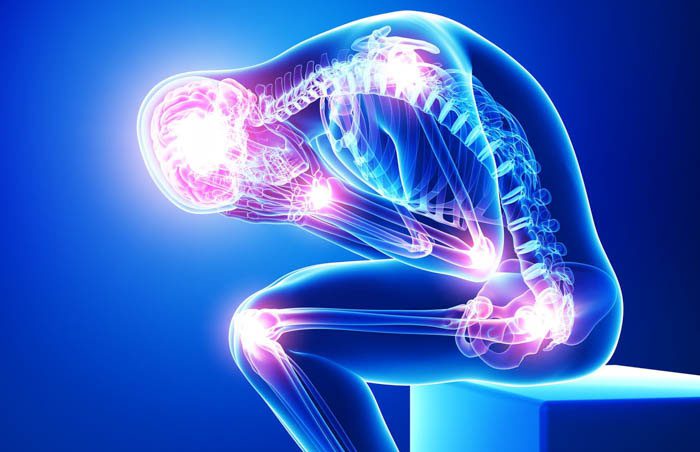

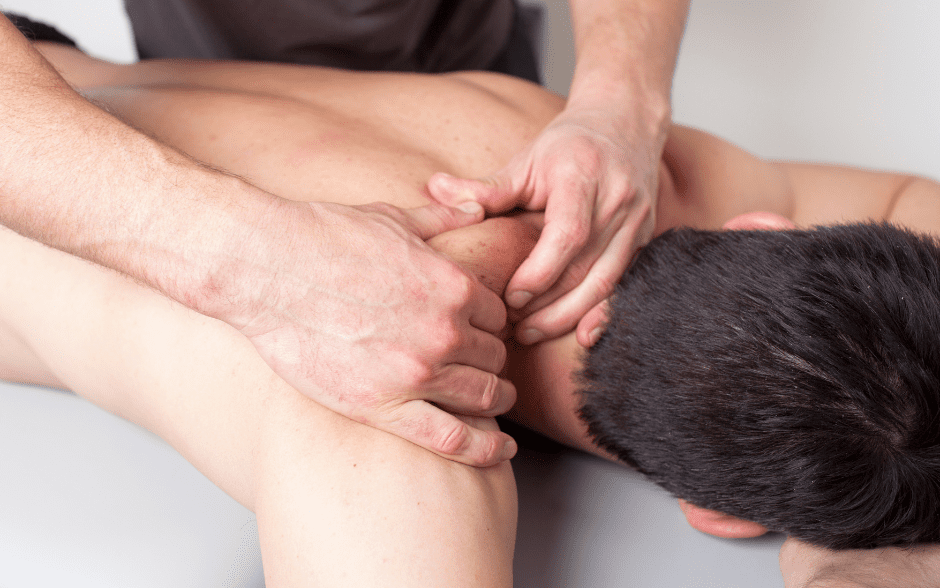

Electrical Stimulation – helps to stimulate the nerves to block the transmission of pain signals from reaching the spinal cord and brain and to produce our own natural pain-relieving chemicals called endorphins.
Laser Therapy – directs bio-stimulating energy to the precise location of the injured cells, which absorb and transform it into chemical energy essential for tissue repair, supporting natural healing and pain relief.
Ultrasound – improves circulation and blood flow, relaxes tissues, and facilitates the healing of scar tissue.
Hot and Cold Therapies – reduce inflammation, increase circulation, relax muscles, limit swelling, ease soreness, relieve pain, and promote healing.
PHYSICAL THERAPY BENEFITS IN TREATING PAIN
Twenty years ago, a person suffering from chronic pain, especially one transpiring in the back, would most commonly be advised bed rest. More recent studies however prove something contrary – that inactivity weakens the muscles and may prolong recovery, or even make certain conditions worse. Rehabilitation, with a focus on exercise and tissue mobilization, provides more than just temporary relief and can be an effective way to decrease pain and improve mobility. So in time as the therapy progresses, patients start noticing that daily activities and tasks get easier to complete and are less painful. Balance, movement coordination, and endurance also gradually improve.
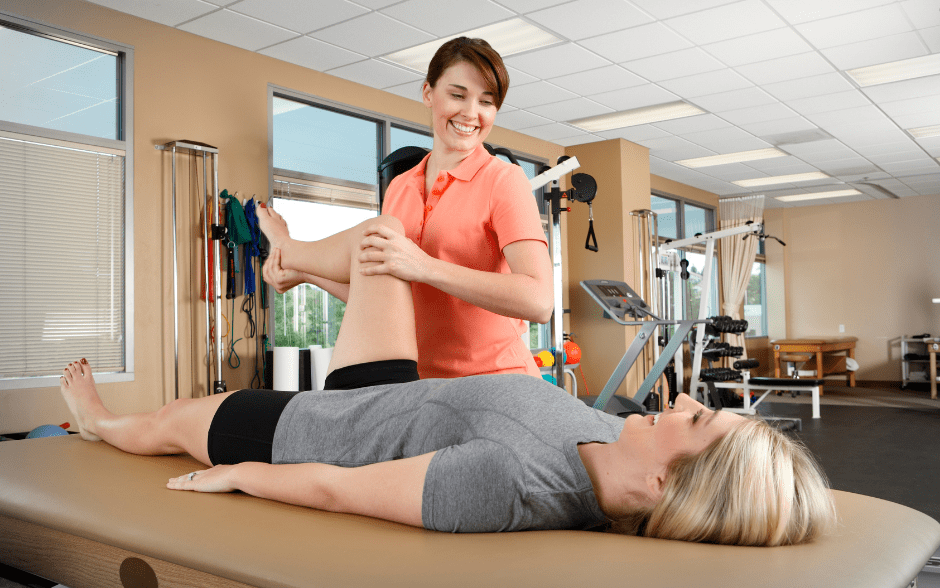

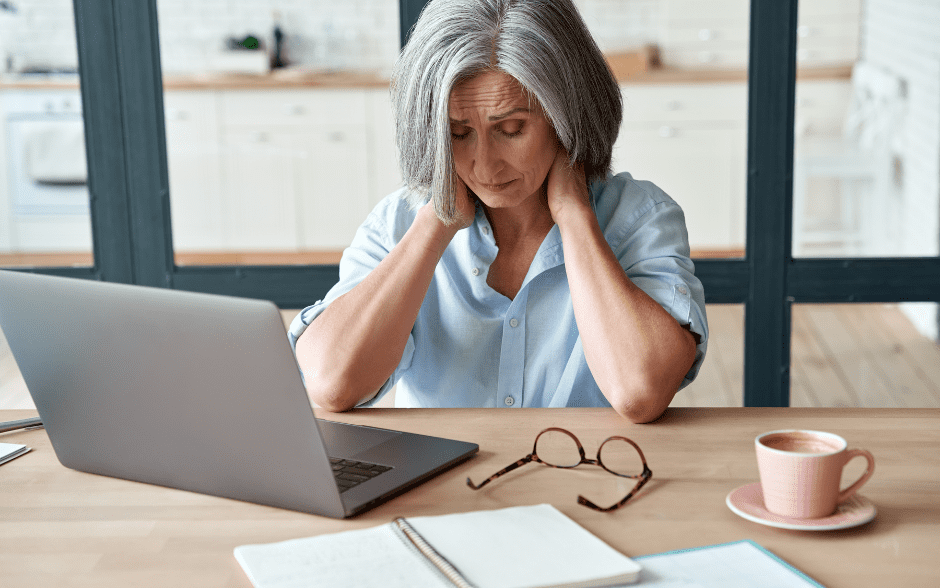

HOW DOES CHRONIC PAIN AFFECT OUR LIFE?
When it is ongoing and uncontrolled, chronic pain can have a detrimental, deteriorative effect on every aspect of our life. We can experience limited mobility, reduced strength, and endurance, impacting our ability to function at home and work. Prolonged pain may cause sleep disturbances which lead to the feeling of constant fatigue, cause trouble concentrating, a decrease in appetite, and mood swings. We may find it difficult to participate in social activities and enjoy our previous hobbies, which can take a toll on our self-esteem and make us feel depressed, anxious, and frustrated.
WHICH CONDITIONS CAUSE CHRONIC PAIN?
- Complex Regional Pain Syndrome (CRPS)
- Past injuries or surgeries
- Back problems
- Arthritis
- Nerve damage
- Infections
- Fibromyalgia
- Migraines and other types of headaches
- Cancer
- Insufficient blood circulation
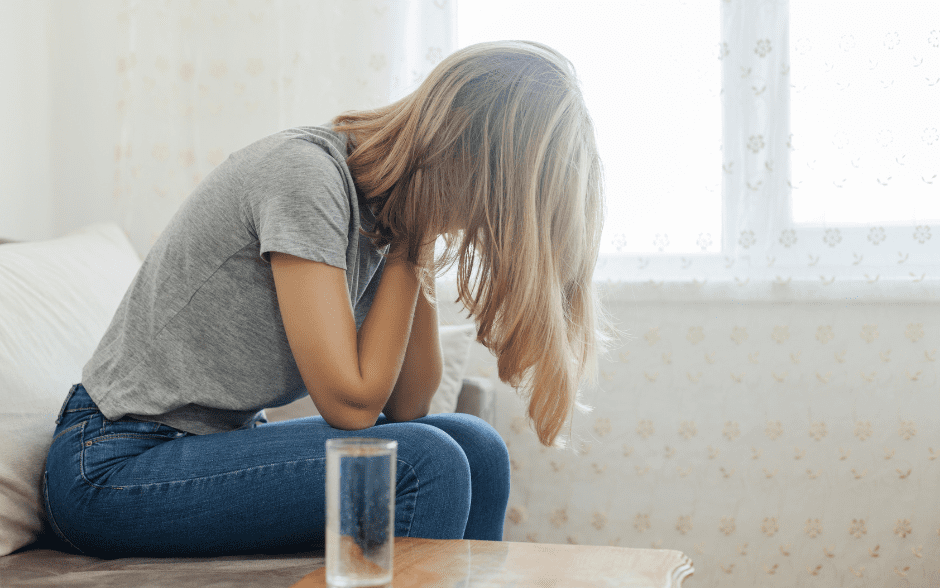

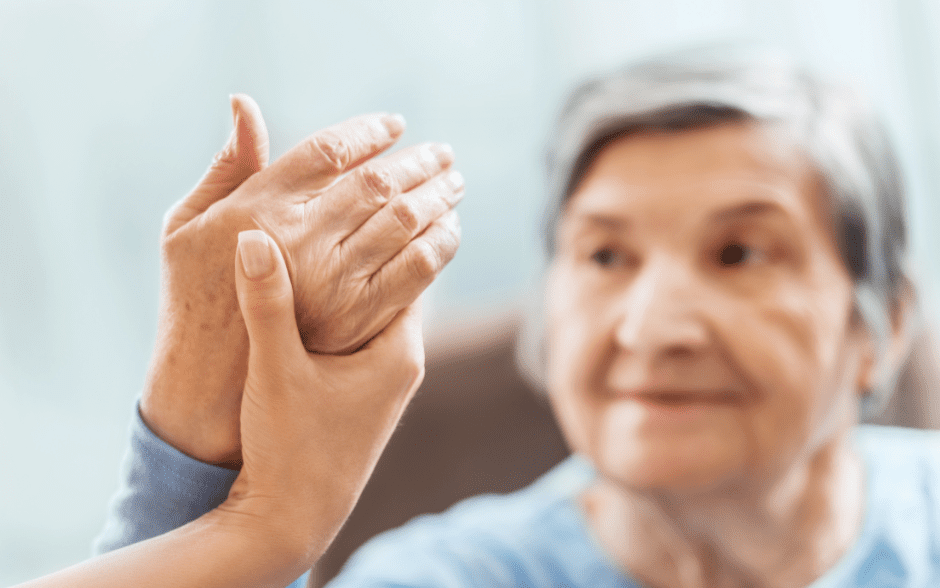

ARTHRITIS
Arthritis is a term encompassing a group of over 100 diseases. The common factor between them all is the swelling and inflammation of joints. It causes pain and discomfort in the connective tissues throughout the body. The most prevalent forms of arthritis are rheumatoid osteoarthritis and gout. Among the most typical symptoms of arthritis are pain, swelling, and stiffness in one or multiple joints, morning stiffness of one or multiple joints, low-grade fever, decrease in range of motion.
The treatment for arthritis is oriented toward reducing inflammation and pain as well as improving the functionality of the joints. Physical therapy offers many ways to reduce inflammation and associated pain and discomfort.
